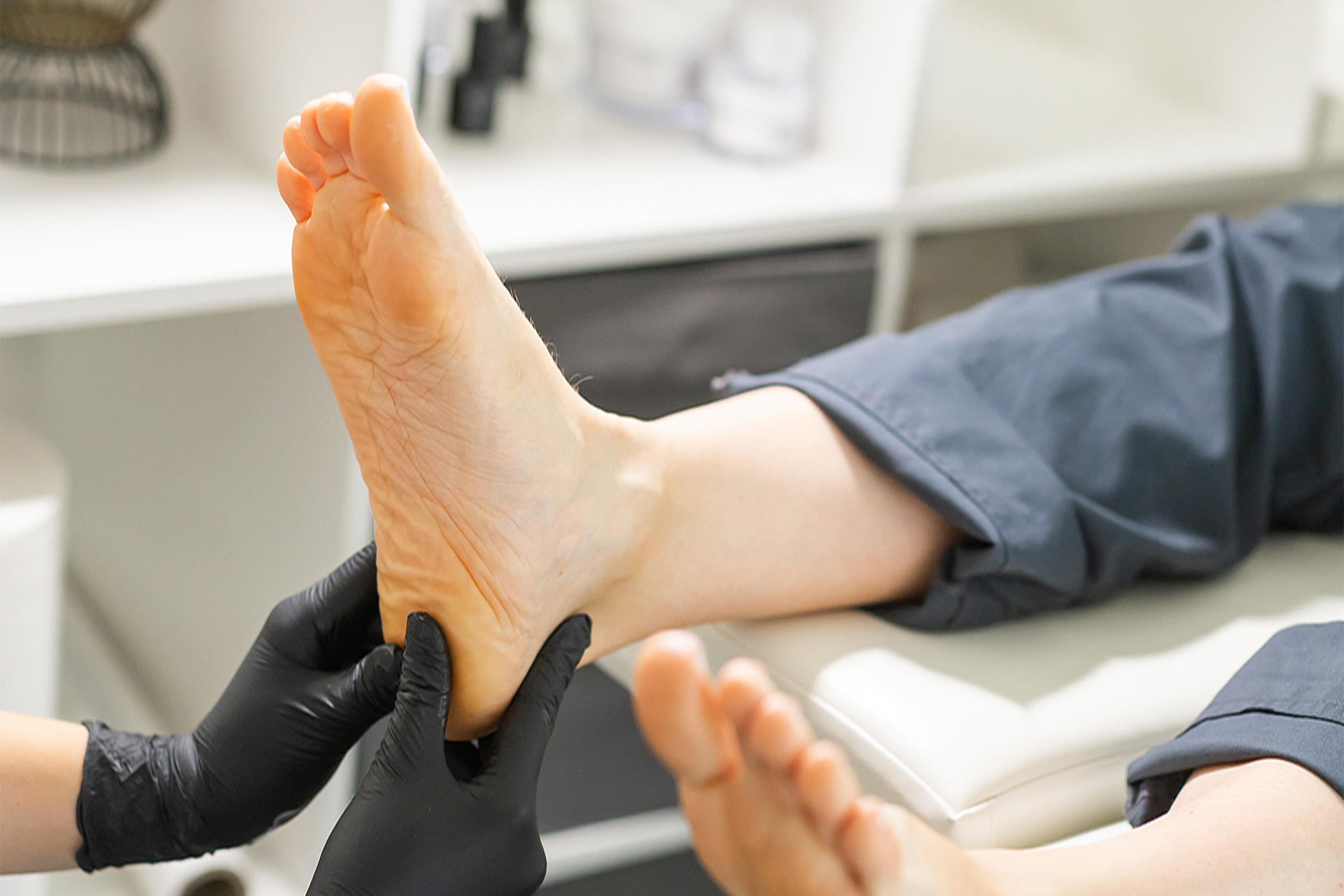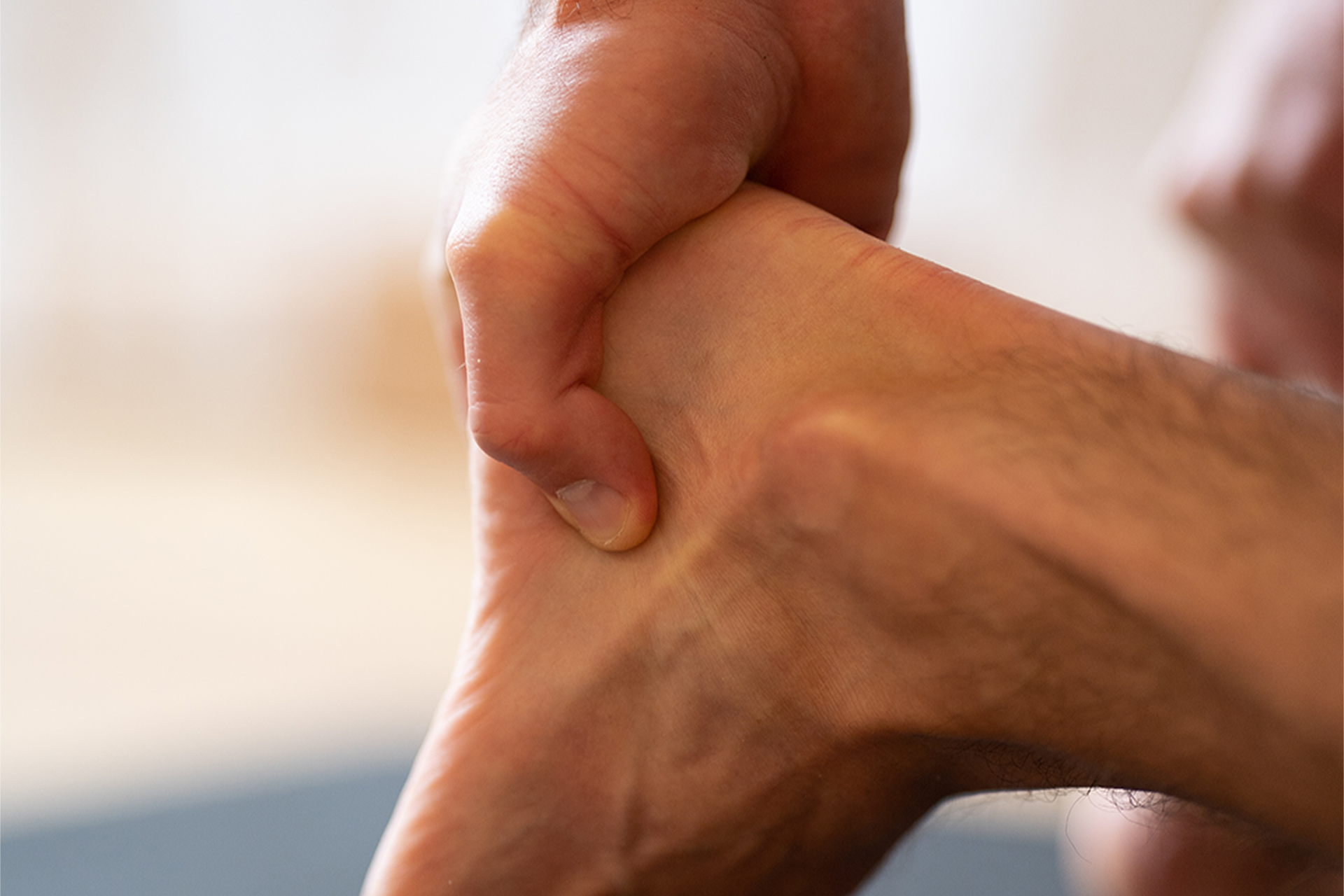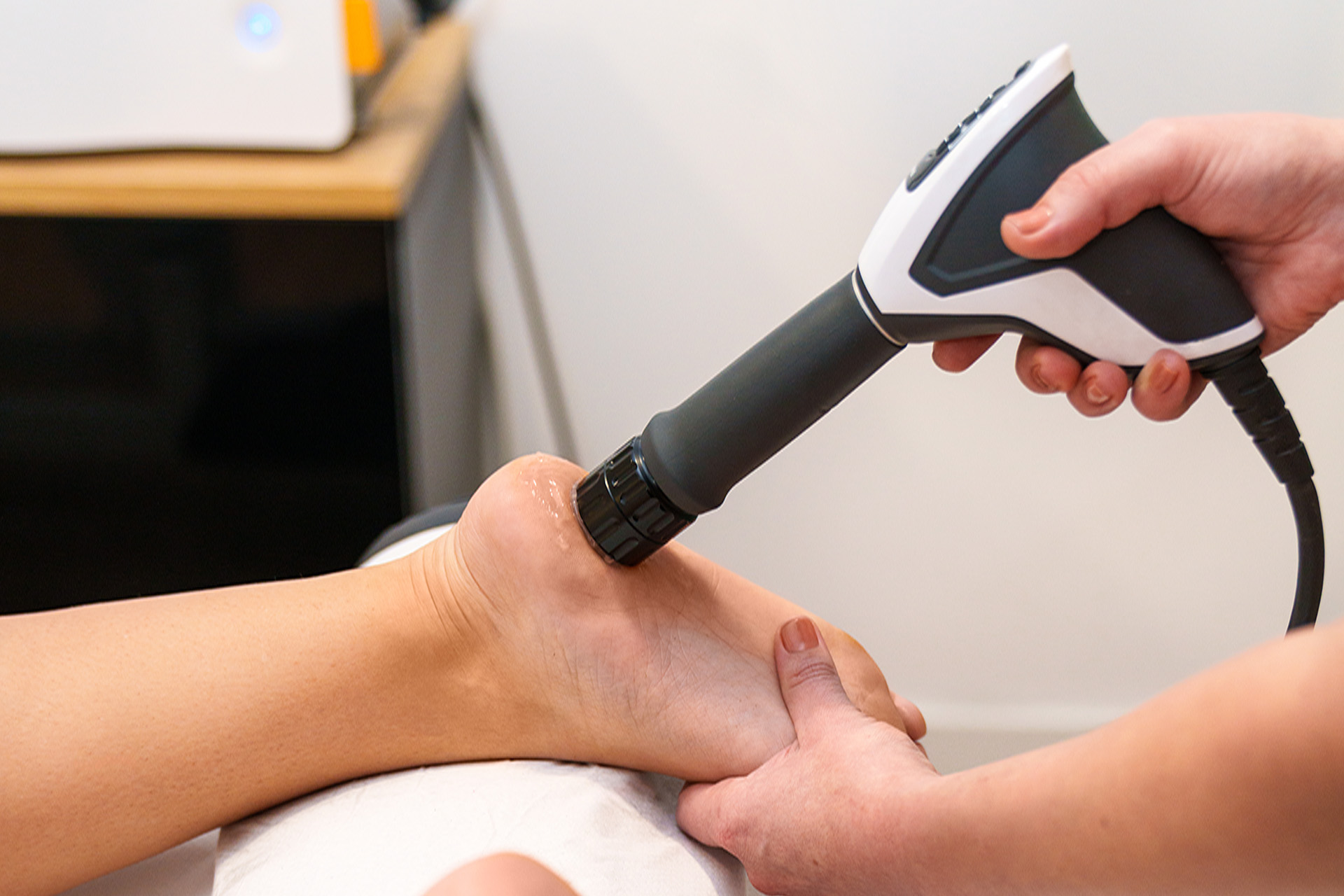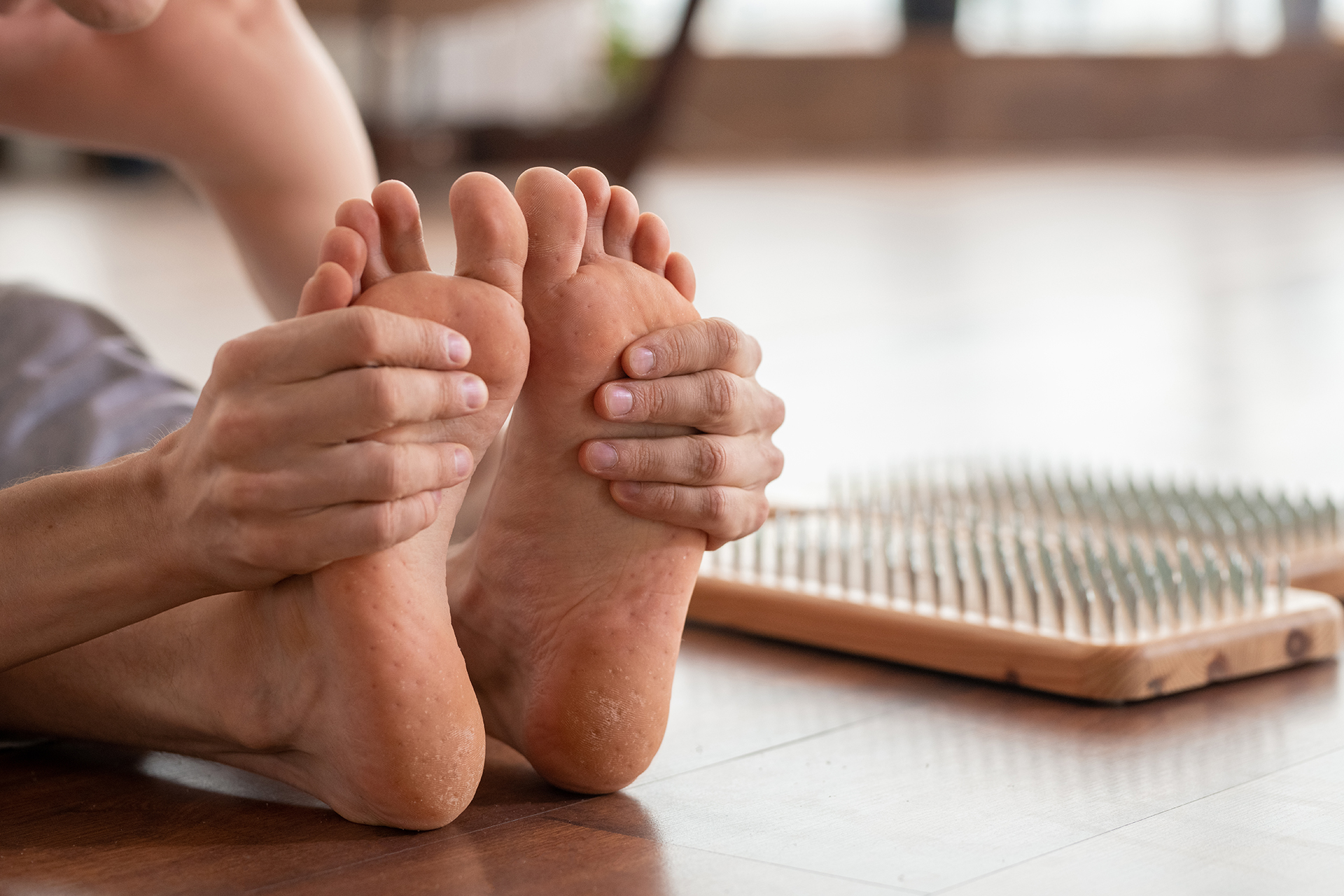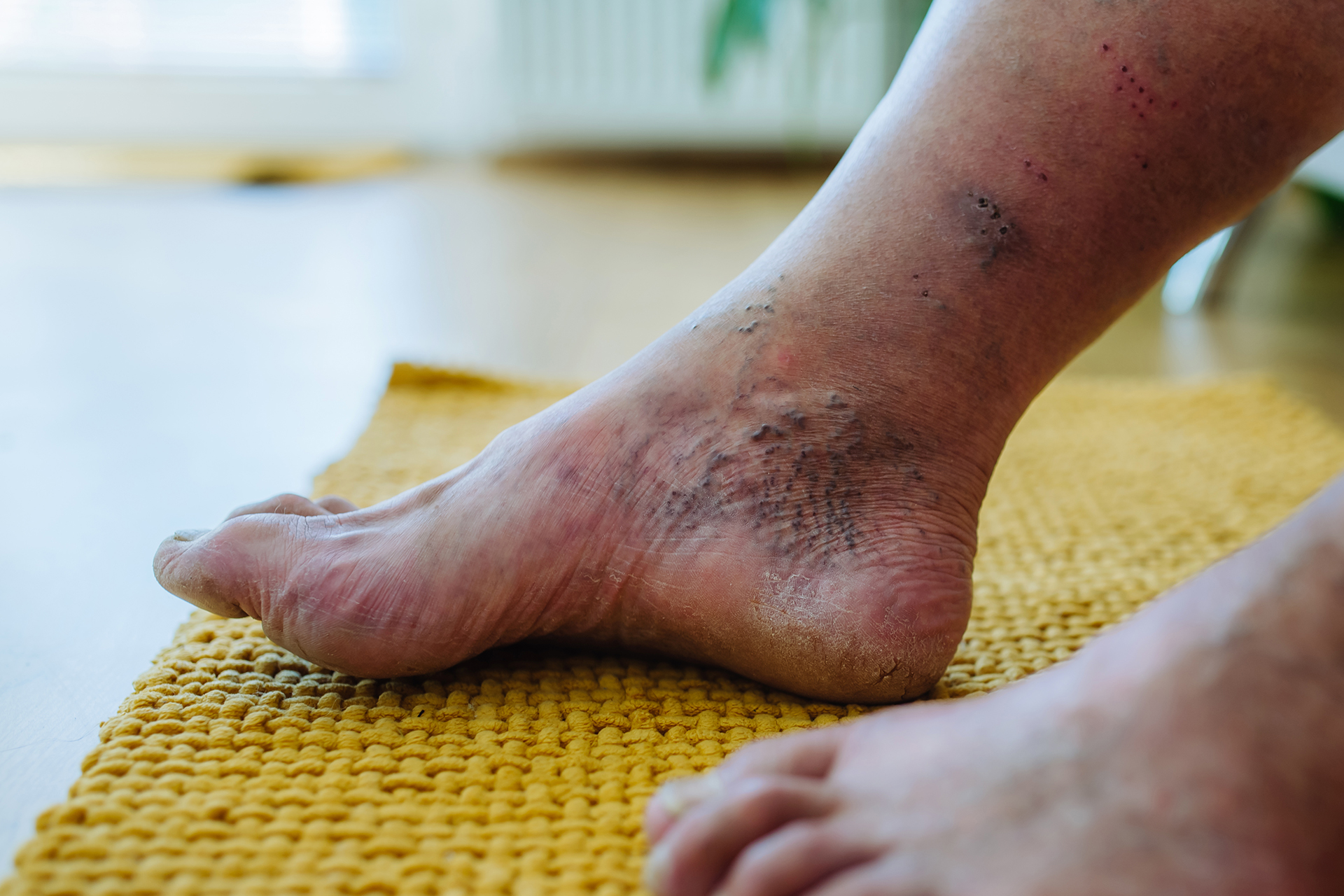It is seen often in athletes who place a lot of force on their foot as part of their sport. Those that do a lot of jumping or running are at a higher risk of getting pain in the area of the forefoot. This is especially a common injury among those who are track and field runners but it can also be seen in patients who play football, tennis, soccer, baseball and other sports.
Symptoms of Metatarsalgia
Metatarsalgia pain in the forefoot at the base of the metatarsal bones of the foot is the primary indication of the condition. Walking and running tend to make the pain worse. The pain tends not to occur all of a sudden; instead gradually worsens over several months. Metatarsalgia can be caused by having a Morton’s neuroma in the forefoot or from bursitis of the foot. If Morton’s neuroma is the cause of the metatarsalgia, there is often numbness some of the toes.
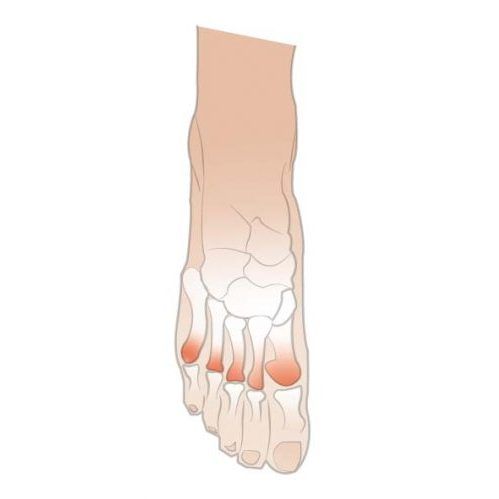
Causes of Metatarsalgia
Metatarsalgia foot is almost exclusively a condition of athletes who overuse the foot in the course of playing sports. The weight isn’t distributed properly on the foot and more pressure is put on the metatarsal bones. This leads to chronic irritation of the bones, tendons and ligaments of the forefoot.
Other related issues that contribute to having metatarsalgia foot pain include the following:
- Tight muscles in the toes (the extensor muscles)
- Weak flexor muscles of the toes
- Increased physical activity
- Large metatarsal heads
- Ill-fitting shoes
- Having hammertoes
- Tightened Achilles tendon
- High foot arches
- Abnormal first metatarsal bone that shifts too much weight to the rest of the metatarsals
Diagnosis of Metatarsalgia
Metatarsalgia pain can be easily diagnosed with a physical examination of the foot by an experienced podiatrist. There will be tenderness on the ball of the foot in some cases. A bone scan can be done that shows areas of foot inflammation. X-rays may be done to ensure there isn’t a stress fracture of one of the metatarsal bones. Sometimes, an ultrasound can be done on the foot to show Morton’s neuroma or an area of bursitis. MRI exams are expensive but can be done if the cause of the pain isn’t clear and there are suspected soft tissue tumours or other foot abnormalities.
Metatarsalgia Pain Relief
Suppose an athlete has a competition and is experiencing the condition. In that case, ice can be applied to the forefoot along with the application of an ACE bandage for relief from metatarsalgia pain. If weight is kept off the foot for about a day, the inflammation can settle down, and the pain can be somewhat relieved. Management of metatarsalgia at The Foot Practice may include:
- Passive range of motion exercise to relieve the pain.
- Shockwave Therapy can reduce inflammation.
- Orthotic insoles can be prescribed to pad the area around the metatarsal bones.
- Footwear assessment to address shoe fit for better forefoot support and prevent further injury.
- A flexible corrective device can be placed in the shoe to protect the metatarsal bones better.
- If a callus is present on the forefoot, it can be trimmed for temporary pain relief. Pads can be put over the trimmed area to prevent further callus formation.
Gradually, the foot is strengthened through physical therapy so the problem can be prevented. It’s recommended to avoid activities that make the pain worse; however, this may not be possible. In these instances, a metatarsal bar can be inserted into the athlete’s shoe to protect the metatarsal bones.
For proper diagnosis of your foot pain and metatarsalgia management options, contact our podiatry clinic for a consultation and initial assessment of your condition.



